Written with special guest Dr. Craig Kelsey, Ph.D.
Many parks and recreation departments across the United States develop an important planning tool referred to as The Park Classification Plan. This plan is an effort on the part of community planners to ensure that residents have available the proper number of parks, in the best locations for use, with just the right amenities. This requires a thoughtful collection of key information and the application of high quality decision making. Playgrounds, associated areas, and equipment are critical to a well-conceived park plan. The following is a quick refresher in the development of this planning tool.
1. The local community decision makers review the types of parks that are currently available and also the types of parks that they would like to see in the future. Park types can consist of a full range of options, but the following might be typical: pocket, plaza, neighborhood, community, regional, and special use. What generally determines the park type is the intended design of that park and usually the size of the park area. A pocket park is typically around 1 to 2 acres in size, while the plaza might be a few feet in size to 1 to 3 acres. The neighborhood park can range from 3 to 20 acres, with the community park being slightly larger at 15 to 40 acres. The regional park is much larger in scale at 50+ acres, and a special use park would be determined by unique characteristics of the geographic area, such as lakes, mountains, trails, equestrian areas, and the like.
2. Next, the population radius of the park is considered. A pocket park and plaza are usually not designed with a specific population use size in mind but more for those in the area, such as a downtown business section of the community. The neighborhood park generally provides 6 to 10 acres per 1,000 residents, while the community park looks to serve population radius of 25,000 to 50,000 residents; but do remember that the size of that park is up to 45 acres. The regional park with its acreage of 50+ might be designed for a population radius of 50,000 to even 200,000. The special use park is community wide or with special interest users in mind.
3. The distance that a resident might need to travel to use the park is another key element of the park classification plan. Of course, the pocket park and the plaza would be used by those that find themselves in walking distance of the immediate park area. The neighborhood park tries to reach out to residents in a 2.5 mile radius, with the community park designed for a 5 to 10 mile radius, and the regional park hitting 25 mile or greater area range. Special use parks distance use radius is really determined by the characteristics of the area.
4. Important and really critical for users are the amenities or general characteristics of the park type. These are the activity items that draw people to that park type. Pocket parks are usually very passive with features such as grass, shade, green space, flowers, perhaps shelters, and limited play areas like a tot lot. The plaza might include trees, hardscape, water features, pedestrian corridors, a performance area, public artwork, commercial links, and enhanced landscaped features. Neighborhood parks are generally located in residential areas and might include such features as grass, trees, limited restrooms, tot lots, picnic and shade shelters, grills, playground equipment, open fields, informal sports areas, maybe even a swimming pool, recreation center, or tennis courts. The community park would be located in large areas that are not inconsistent to the surrounding uses with features such as large scale grass areas, large picnic and shade shelters, restrooms, onsite parking, swimming pools, recreation center, sports complex, lights, entertainment areas, complex and large scale playground options, and the like. Regional parks are not typically in residential areas, and the features might be overnight camping, large scale sports complex, special event sites for fairs, festivals, gardens, nature centers concessions, golf course, trails, lakes and that range of options. The special use park would be designed around the unique features of the area such as mountains, deserts, lakes, trail systems, rivers, and such.
It is important to note the role of playgrounds of various sizes and complexity, and their associated areas and equipment. These features speak volumes when it comes to the defining elements of the park type, what type of users are expected or desired to be drawn to the area and the quality of the experience hoped for by all. The community decision maker must become conversant with the different sizes and styles of play equipment, the age appropriateness of that equipment and how all of these elements blend into making the park just right for that population of users.
The following is a summary chart of a park classification plan that might be helpful in better understanding the concept:
|
PARK TYPE |
ACRE RANGE |
POPULATION RADIUS |
DISTANCE RADIUS |
GENERAL CHARACTERISTICS |
|
|
1 – 2 acres |
Not population radius sensitive |
Within walking distance of immediate area |
Parks that exist primarily in residential areas that have features such as: grass, shade, passive areas, green space, shelters, perhaps flowers, limited play structures. Use limited to the localized neighborhood. |
|
Plaza |
1 – 3 acres |
Not population radius sensitive |
Within walking distance of business area |
Plaza areas might include features such as: trees, hardscape, water features, pedestrian corridors, performance area, public artwork, commercial links, enhanced landscaped features |
|
Neighborhood |
About 3 – 20 acres |
6 – 10 acres per 1000 population |
About a 2.5 mile radius in developed area |
Parks located in residential areas that might include features such as: grass, trees, limited restrooms, tot lots, picnic and shade shelters, grills, playground equipment, open fields, informal sport areas, swimming pool, neighborhood center |
|
Community |
About 15 – 45 acres |
One site per 25,000 to 50,000 population |
About 5 to 10 mile service radius |
Parks located in large areas that are not incompatible to surrounding uses with features such as: large grass areas, large picnic and shelter areas, restrooms, on-site parking, swimming pool, community center, sport areas/complexes, lights, entertainment areas, special features such as skateboard areas, outdoor theatres, disc golf, BMX, exercise station, ponds, water features |
|
Regional |
50+ acres |
One site per 50,000 to 200,000 population |
About a 25 mile service radius |
Parks not typically located in residential areas. Features might include: overnight camping, large scale sports complex, special event site (such as fairs, festivals, gardens, museums, nature centers, golf courses, concessions, trails, natural/open space, lakes, animal uses) |
|
Special Use |
Site is determined by characteristics of the area |
Community wide or special interest uses |
Distance is determined by characteristics of the area |
Park areas in which use, design, and activity are driven by the unique features of the area or special interests of the users. Examples are lakes, equestrian areas, trails, etc. |
PlaySafe, LLC is the Premiere Recreational Consulting Company. PlaySafe, LLC assists municipalities, schools, childcare providers, communities and other recreation-providing entities by offering the following services throughout the United States: Playground Equipment and Surfacing Audits, Recreational Topic Seminars and Training, Recreation and Physical Education Plans, GMax Turf Testing, Bleacher Inspections, and Expert Witness Services.
Comments
1


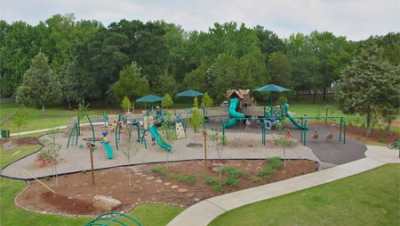
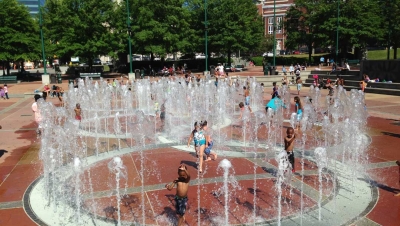
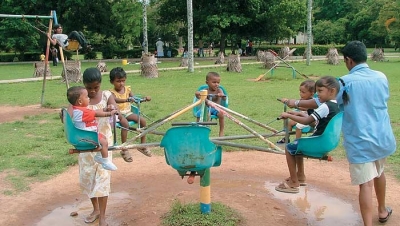




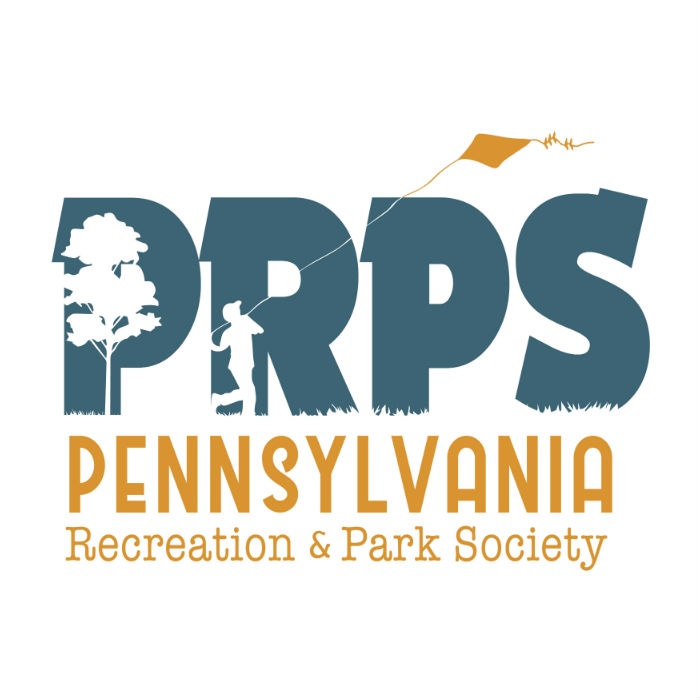

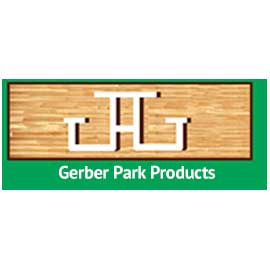


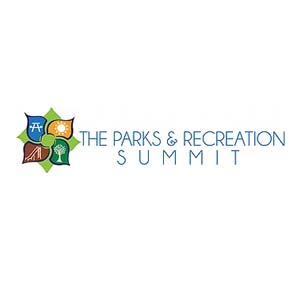


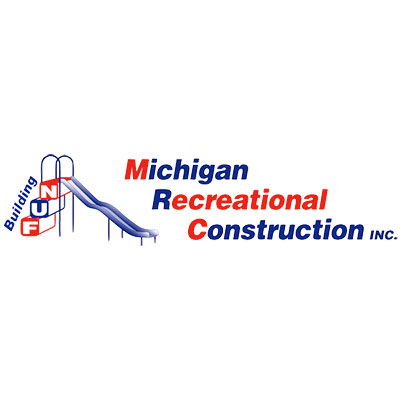
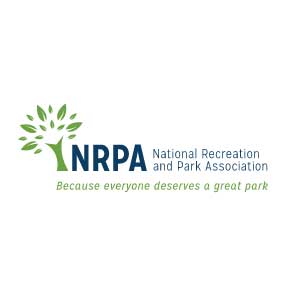
Add new comment